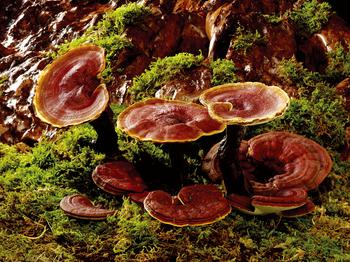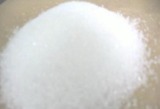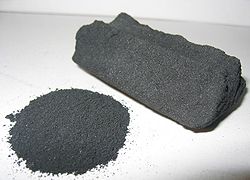- Basic Chemicals
- Monoethylamine
- Diethylamine
- Triethylamine
- Ethyl Acetate
- Crotonaldehyde
- Medicine raw material
- Food Additives
- Amino Acid
- Plant Isolation
- Activated carbon
- CLOTH
- Medical Device
Monoethylamine
- Product Numbers: 2014070001
- Price: US $
- Product description: Ethylamine is an organic compound with the formula CH3CH2NH2. This colourless gas has a strong ammonia-like odor. It is miscible with virtually all solvents and is a weak base, as is typical for amines. Ethylamine is widely used in chemical industry and organic synthesis.

Synthesis[edit]
Ethylamine is produced on a large scale by two processes. Most commonly ethanol and ammonia are combined in the presence of an oxide catalyst:
CH3CH2OH + NH3 → CH3CH2NH2 + H2OIn this reaction, ethylamine is coproduced together with diethylamine and triethylamine. In aggregate, approximately 80M kilograms/year of these three amines are produced industrially.[4] It is also produced by reductive amination ofacetaldehyde.
CH3CHO + NH3 + H2 → CH3CH2NH2 + H2OEthylamine can be prepared by several other routes, but these are not economical. Ethylene and ammonia combine to give ethylamine in the presence of an sodium amide or related basic catalysts.[5]
H2C=CH2 + NH3 → CH3CH2NH2Hydrogenation of acetonitrile, acetamide, and nitroethane affords ethylamine. These reactions can be effected stoichiometrically using lithium aluminium hydride. In another route, ethylamine can be synthesized via nucleophilic substitution of a haloethane (such as chloroethane or bromoethane) with ammonia, utilizing a strong base such aspotassium hydroxide. This method affords significant amounts of byproducts, including diethylamine and triethylamine.[6]
CH3CH2Cl + NH3 + KOH → CH3CH2NH2 + KCl + H2OEthylamine is also produced naturally in the cosmos; it is a component of interstellar gases.[7]
Reactions and applications[edit]
Ethylamine undergoes the reactions anticipated for a primary alkyl amine, such as acylation and protonation. Reaction with sulfuryl chloride followed by oxidaton of the sulfonamide give diethyldiazene, EtN=NEt.[8] Ethylamine may be oxidized using a strong oxidizer such as potassium permanganate to form acetaldehyde.
Ethylamine like some other small primary amines is a good solvent for lithium metal, giving the ion [Li(amine)4]+ and thesolvated electron. Evaporation of these solutions, gives back lithium metal. Such solutions are used for the reduction of unsaturated organic compounds, such as naphthalenes[9] and alkynes.
Ethylamine is a precursor to many herbicides including atrazine and simazine. It is found in rubber products as well.
Ethylamine is used as a precursor chemical along with benzilnitrate (as opposed to o-chlorobenzonitrile and methylaminein ketamine synthesis) in the clandestine synthesis of cyclidine dissociative anesthetic agents (the analogue of ketamine which is missing the 2-chloro group on the phenyl ring, and its N-ethyl analog) which are closely related to the well known anesthetic agent ketamine and the recreational drug phencyclidine and have been detected on the black market, being marketed for use as a recreational hallucinogen and tranquilizer. This produces a cyclidine with the same mechanism of action as ketamine (NMDA receptor antagonism) but with a much greater potency at the PCP binding site, a longer half-life, and significantly more prominent sympathomimetic effects. [10]












